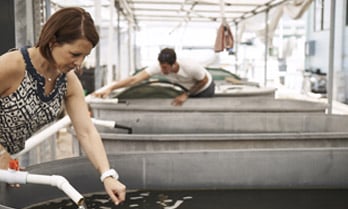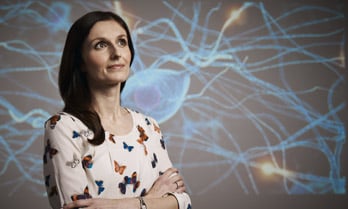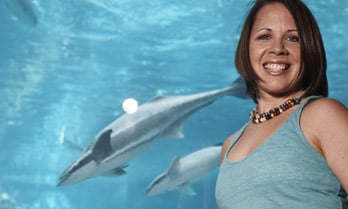Dr Amanda Barnard, The University of Melbourne
01 September 2011
Are nanoparticles safe?
After two decades of research the first wave of nanotechnology consumer products are entering the marketplace in applications as diverse as catalysts, surface treatments for glass, cosmetics and drug delivery. But the properties that make them attractive to industry may also have unforeseen consequences.
Amanda Barnard believes she can create a theoretical framework that will allow the risk of nanoparticles to be determined in the computer—before the particle has even been made. She used her L’Oréal For Women in Science Fellowship to develop new computational tools to predict the behaviour of nanoparticles in the environment.
Qualifications
2003 PhD (Physics), RMIT University: Theoretical condensed matter physics/nanoscience
2001 Bachelor of Science (Applied Physics), First Class Honours, RMIT University
Career highlights, awards, fellowships and grants
2008 Inaugural Future Generation Fellowship, The University of Melbourne
2005 Extraordinary Junior Research Fellowship, The Queen’s College, Oxford, UK
2005 Violette & Samuel Glasstone Fellowship, University of Oxford, UK
2004 Innovation Award (Student Category), RMIT University
2004 University Research Prize, RMIT University
2003 CNM Distinguished Postdoctoral Fellowship, Argonne National Laboratory, USA
2002 Australian Postgraduate Award (APA), Federal Government Scholarship
2001 Greg Anderson Memorial Award, RMIT University
2000 Walter Boas Memorial Prize, RMIT University
1999 A.K. & D.A Connor Award, RMIT University
1998 Stanley Martin Memorial Prize, RMIT University
1996 Sutherland Diamond Medallion, Gemmological Association of Australia




